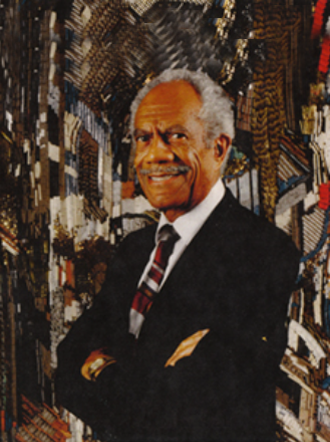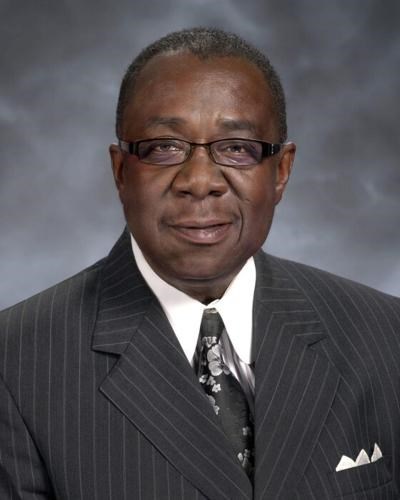As Black History Month ends, we would like to look to the future for our final #SCDHistoryHighlight at the amazing work organizations across the country are doing to create a safer environment for our community. We’ve seen many landmark decisions and groundbreaking treatments in the more than 50 years since SCDAA’s founding, but one thing has remained true throughout – that our member organizations are the key to our progress.
We currently have 57 member organizations that serve sickle cell warriors, caregivers and community members across 30 states. We define our membership into three categories:
- Direct Service Agency – These organizations provide support including but not limited to: Case management, testing and screening, counseling and/or medical home assistance.
- Support Service Agency – These organizations provide support including but not limited to: Medical bill assistance, transportation, career counseling/planning, medical co-pay, funeral/burial, assistance, housing, clothing, food, SSI/Disability, insurance application assistance.
- Advocacy Service Agency – These organizations provide support including but not limited to: Disseminating SCD/SCT information, attending health fairs and participating and/or host local advocacy events.
We deeply value the work of our CBOs, and we work collaboratively across the country to affect positive change at the national, state and local levels. We join together in Washington, D.C., during our Advocacy Days events to raise our voices and ensure that our community-based organizations’ representatives understand the issues facing the sickle cell community. Our member organizations also coalesce during our Annual National Convention in October to support each other in their goals and grow their missions.
All told, our member organizations collectively serve over 500,000 children and adults living with sickle cell and their caregivers. These organizations are our boots on the ground, taking dreams and making them realities. As we step into the future, we look to these groups to steer the next era of sickle cell history. Click here to meet our member organizations.





 Our first #SCDHistoryHighlight for Black History Month
Our first #SCDHistoryHighlight for Black History Month
 It is with great sadness that SCDAA shares the news of the passing of Frank Reddick on Dec. 23, 2024. Frank was the president and CEO of the Sickle Cell Disease Association of Florida, an SCDAA member organization headquartered in Tampa. He was a steadfast sickle cell advocate and was the head of the Florida state sickle cell chapters. As a former Tampa city councilman, Frank was a respected leader in his local community. SCDAA sends our sincerest condolences to his family, friends and loved ones.
It is with great sadness that SCDAA shares the news of the passing of Frank Reddick on Dec. 23, 2024. Frank was the president and CEO of the Sickle Cell Disease Association of Florida, an SCDAA member organization headquartered in Tampa. He was a steadfast sickle cell advocate and was the head of the Florida state sickle cell chapters. As a former Tampa city councilman, Frank was a respected leader in his local community. SCDAA sends our sincerest condolences to his family, friends and loved ones.